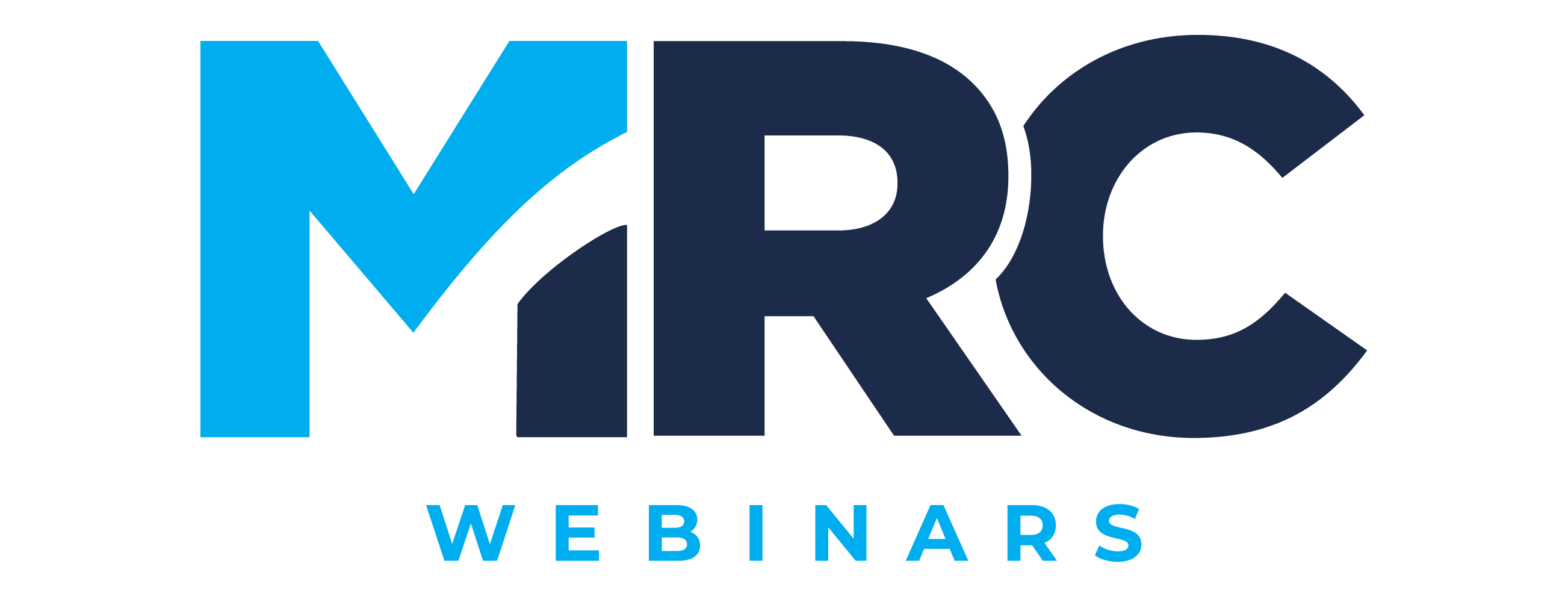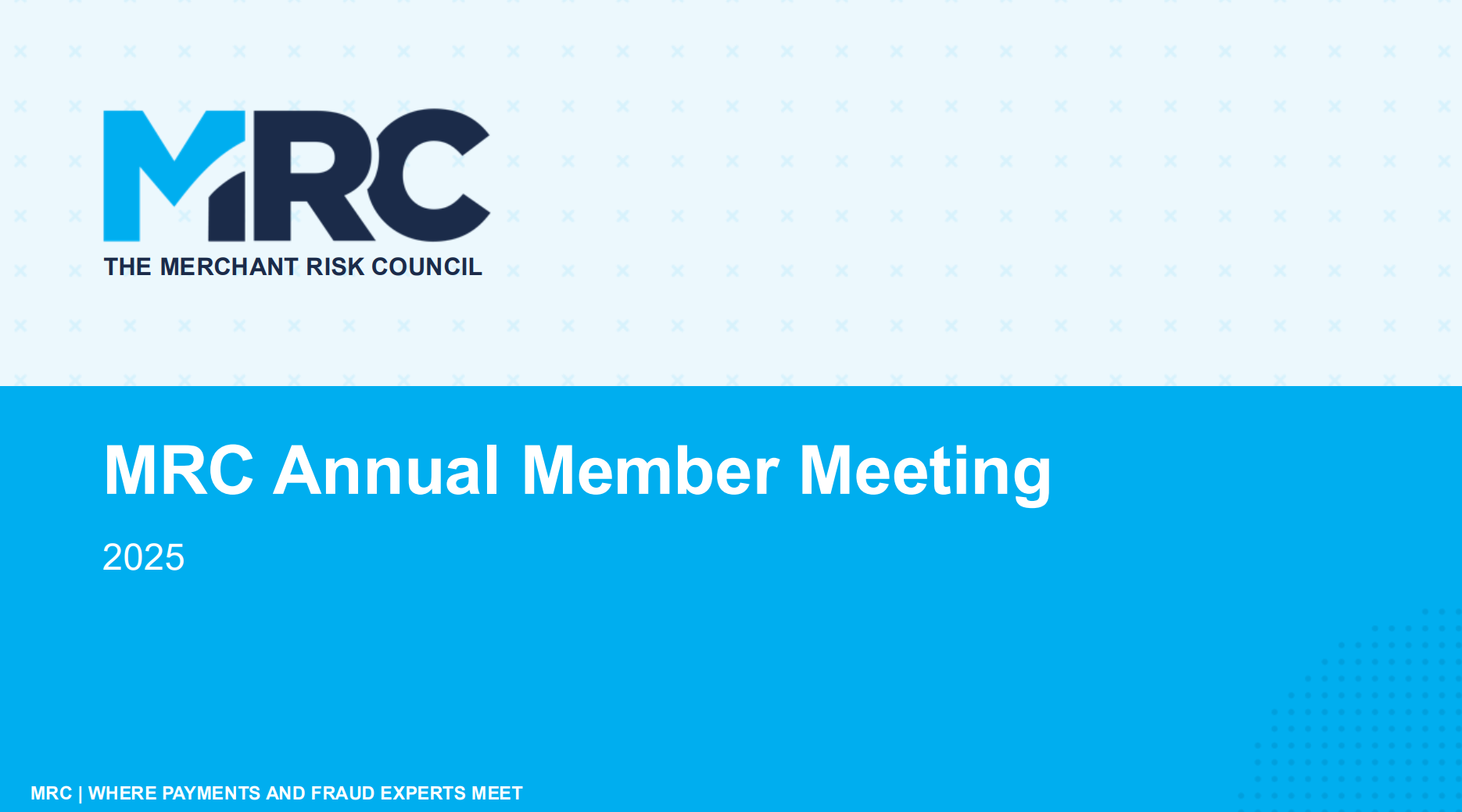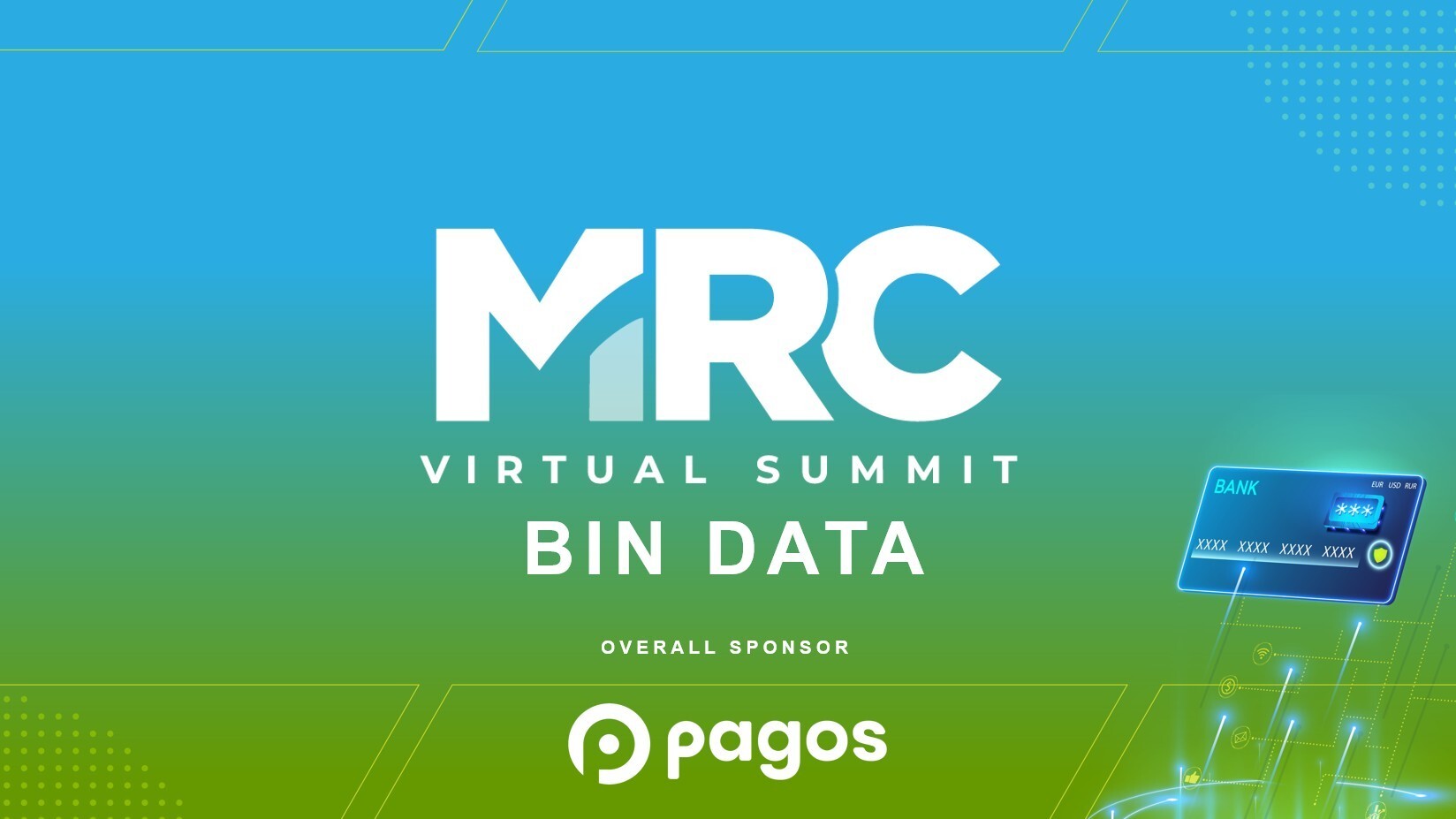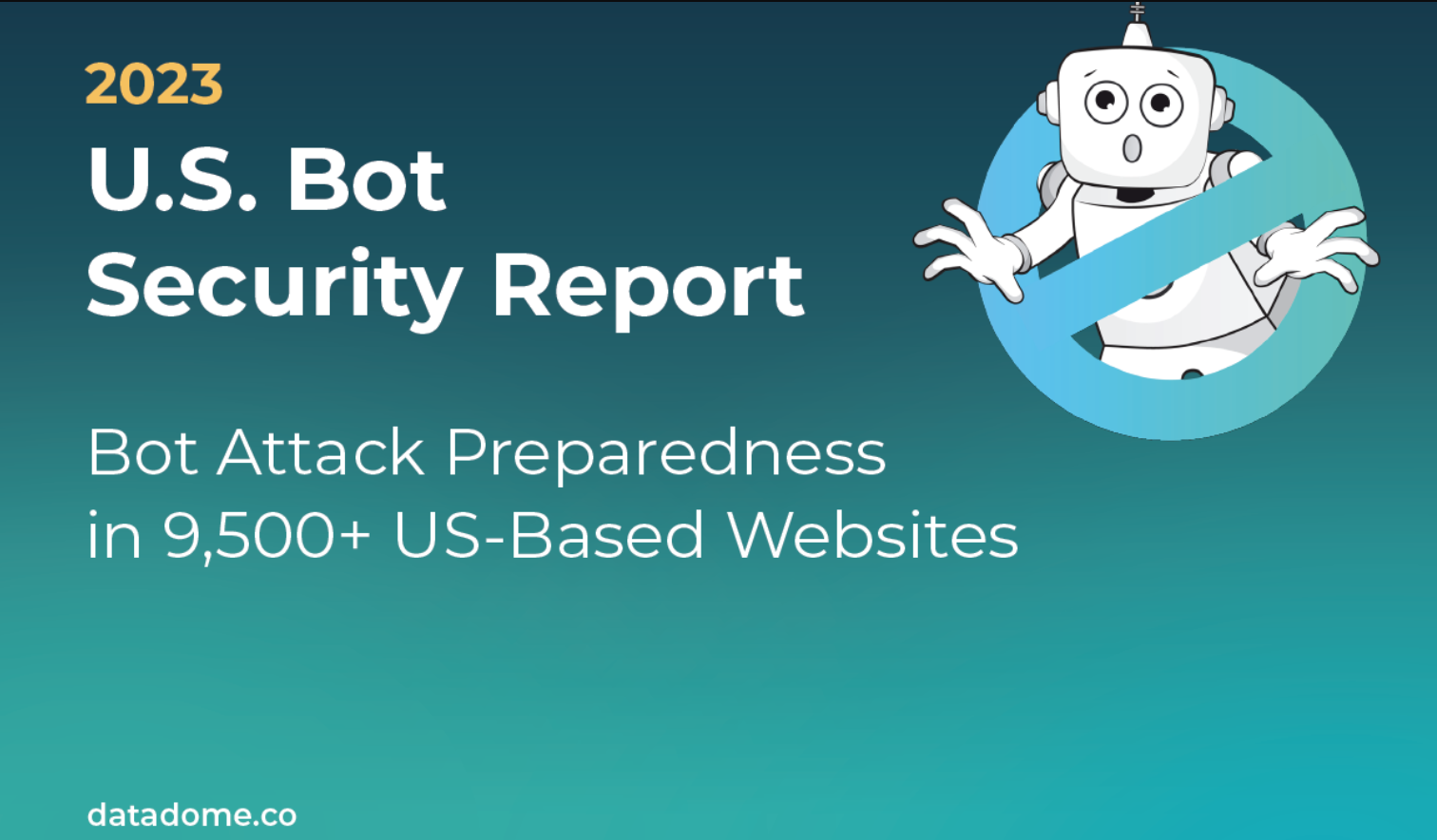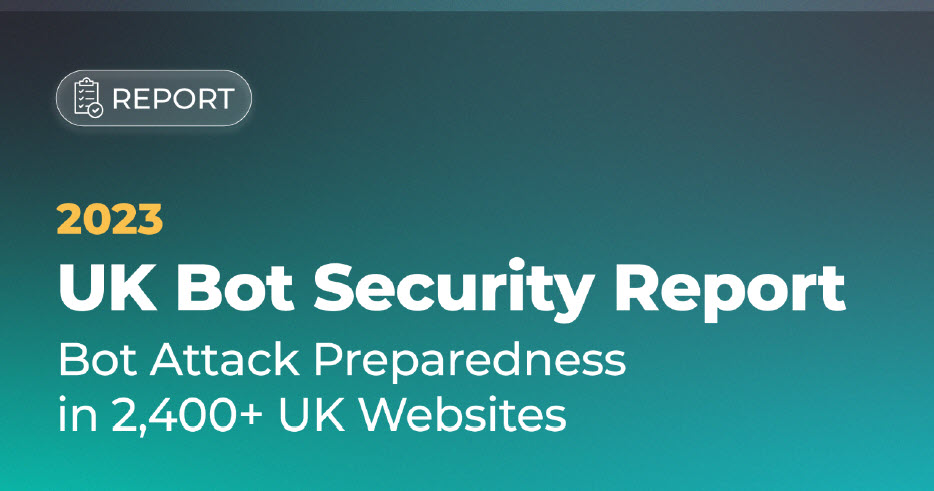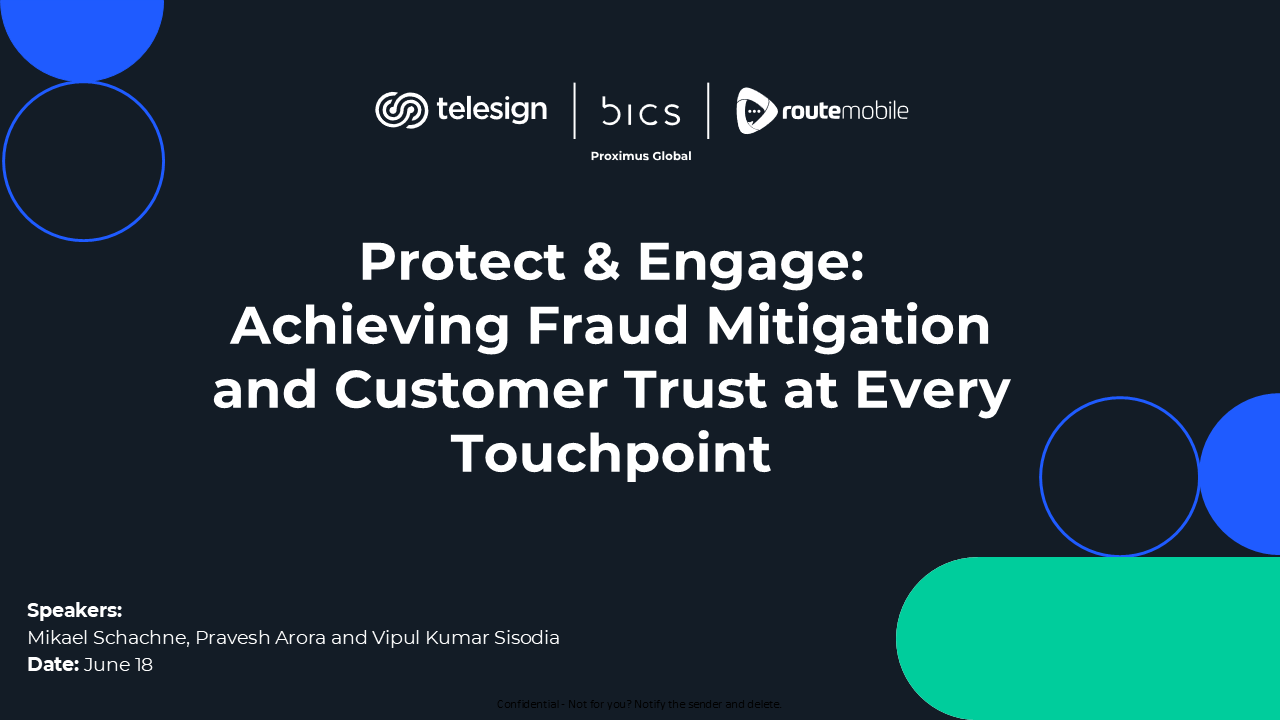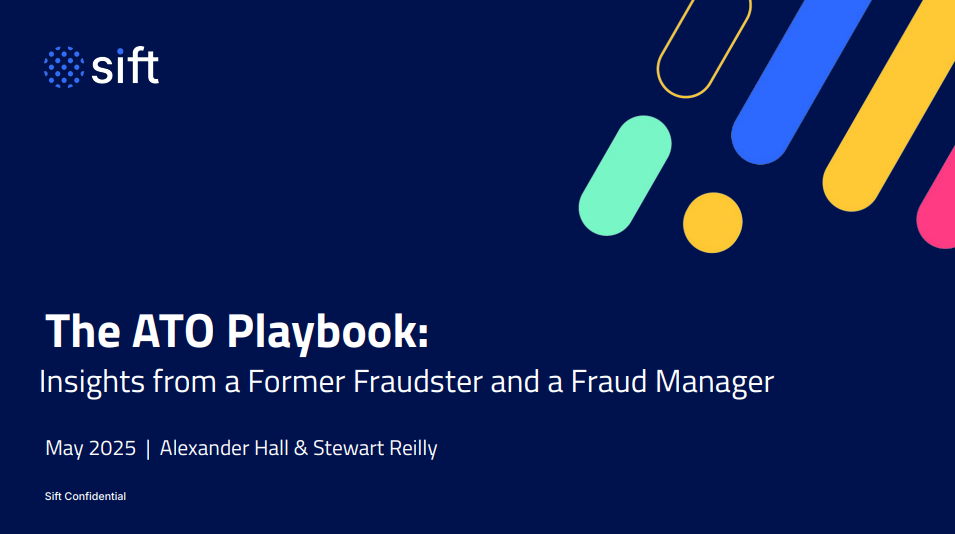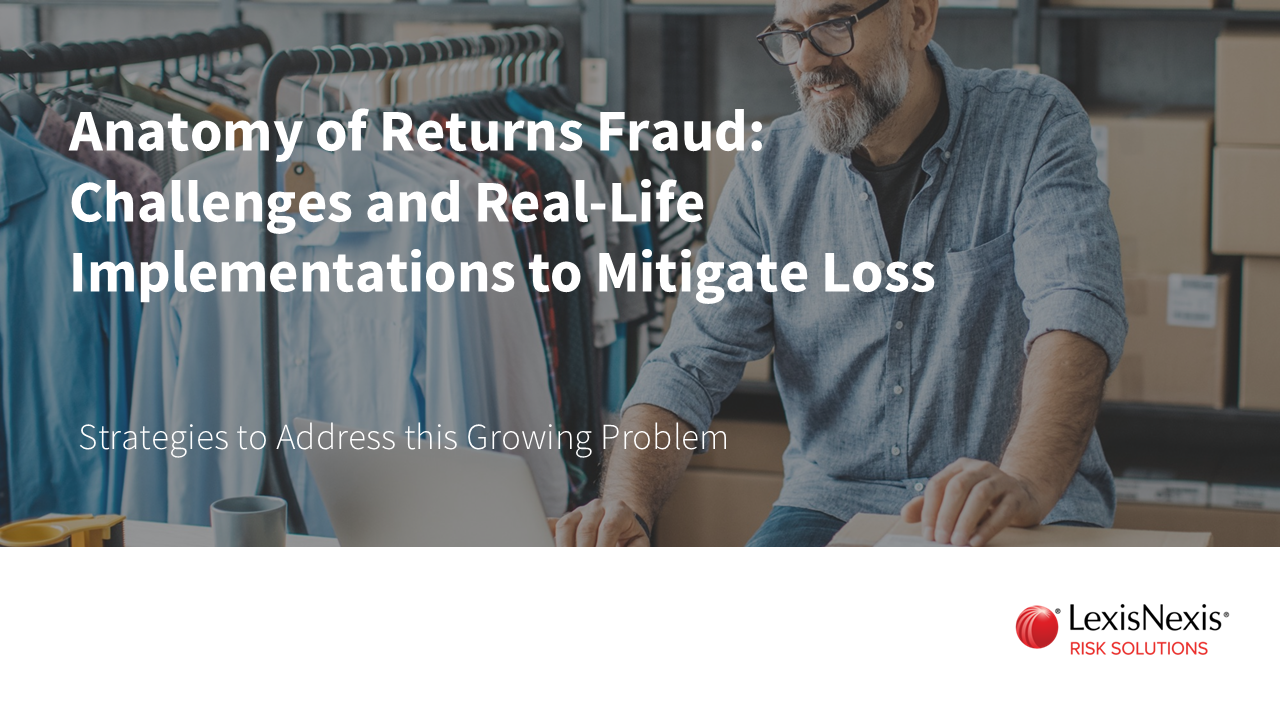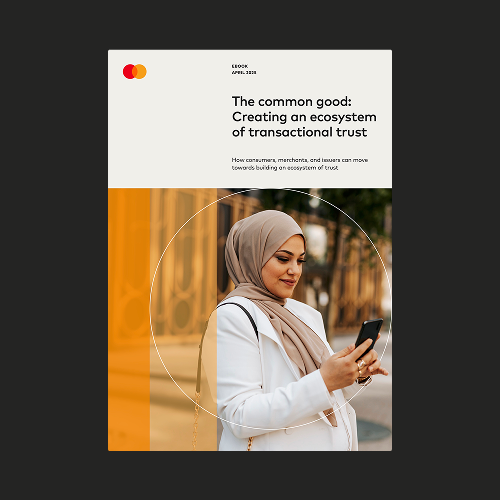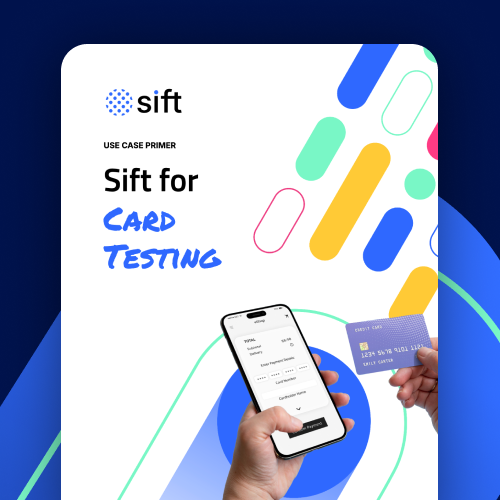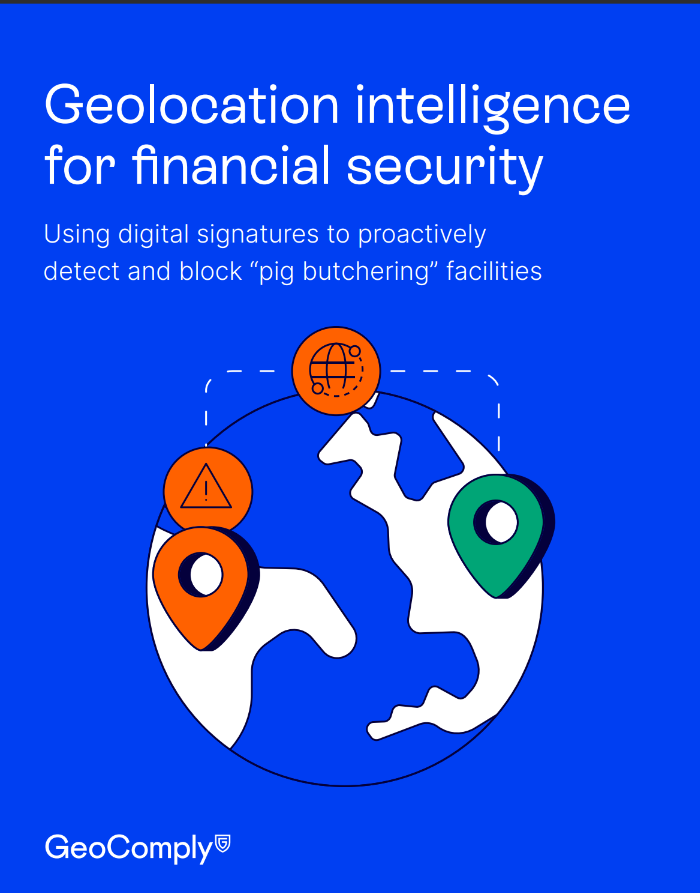Friendly Fraud 2.0: Mitigating Against Returns Fraud, Liar Buyer & Promo Abuse
In this fireside chat style webinar, join Karisse Hendrick, host of the popular Fraudology podcast, as she draws on the friendly fraud lessons she learned from the 2008-9 financial crisis, and her wealth of experience since, to illuminate the challenges fraud fighters are facing today. She’ll be swapping tips with Uri Arad, Identiq’s VP Product, who cut his friendly fraud teeth at PayPal back in the day when customers started taking advantage of new payment methods to cheat their way out of payment.
The fight against unfriendly fraud is undoubtedly going to be with us for a long time to come. With this webinar, fraud fighters can keep up to date with the latest trends and tricks, receive reassurance that they’re certainly not alone, and get some pointers about what might help their company stay ahead of the first-party misuse problem.
Learning Objectives:
- Understand more about the current state of first-party misuse, and what’s causing the increase
- Put the current situation in the context of previous times first-party misuse has spiked, and learn lessons from those occasions
- Get tips about what might be effective in combating this developing problem
Some content is hidden, to be able to see it login here Login



